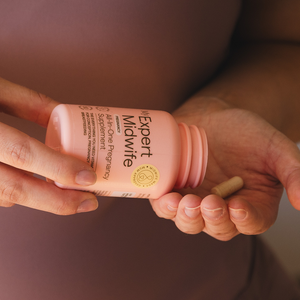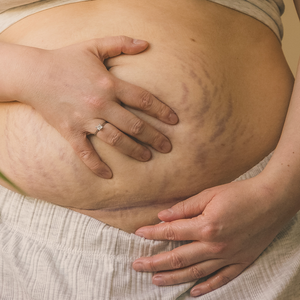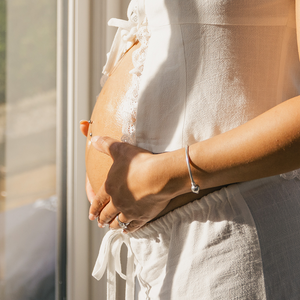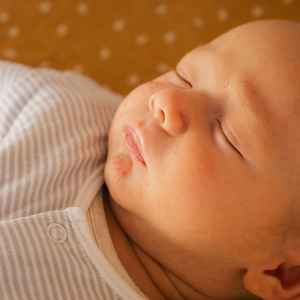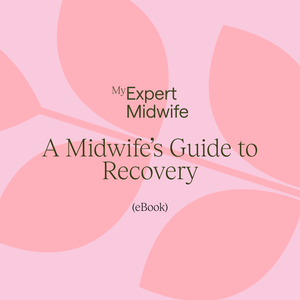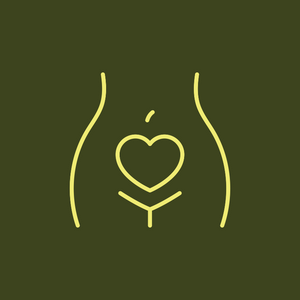What if your perfect pram was a simple piece of fabric for a fraction of the cost? Why might you choose to carry your baby in a sling, otherwise known as ‘baby wearing’? There are so many benefits to baby wearing, and here are just some of them!
Our babies expect it!
At the heart of baby wearing is the fact that humans, like all primates, are a carrying species. This is because our babies are born unable to move around on their own, which means that in (many) years gone by they would only have been safe from predators in their parents’ arms. Babies are born with the instinct that, if they are put down, they are at risk of being eaten. Hence, they tend to be far calmer and happier if they are carried!
Slings make this practical and comfortable, and they are wonderful for both parents and baby for many other reasons, too. Let’s take a look at just a few of these benefits.
Babywearing frees up your arms
Babywearing frees up your hands to do the things you have to do. This is helpful inside and outside the house, from carrying bags to preparing food! If you are a wheelchair user, a sling can allow you to move your baby more easily from place to place. There are very few tasks that don’t involve using our arms and hands, and a sling gives them back to us!
Slings help babies to sleep better
Babies in slings feel safe and protected, making them calmer. Babies are often rocked gently to sleep as you walk around, so babywearing is often a very effective way to help a baby to head to dreamland.
When awake, babies get lots of stimulation in the sling as they can see the world better than from inside a pram. This means that they are building neural connections (growing their brains!) and absorbing what’s in their world. They also get more tired from all the stimulation and so are ready to sleep better when it is time to stop learning!
Slings are practical when out and about
Prams are surprisingly impractical out on the streets, in shops and public buildings and on public transport.
For those who are able to use the stairs or an escalator, carrying your baby in a sling means you can, rather than needing a lift for the pram. Murphy’s Law says that these are always at the wrong end of the building from where you are, especially if you’re late for a train!
You can breastfeed whilst you babywear
With practice it is quite possible to breastfeed in a sling, especially as your baby gets a little bigger and has more head control.
While you still have the option of binge watching your favourite TV show for the hours that your baby needs to eat, if you want to you can feed on the go! If you are nervous about breastfeeding in public (although you are legally protected when doing so), or you just don’t want to have to find somewhere to sit when you are out, the option of breastfeeding in the sling can be the perfect solution.
Babywearing helps with baby reflux
Babies who suffer from reflux are often helped by being in an upright or semi upright position. Gravity helps to stop milk from coming back up, and the gentle massage of their tummy can reduce pain. Many babies who hate being laid flat can feel much better when they are carried in a sling.
I have a bad back/neck/shoulders – can I still carry my baby in a sling?
Probably, yes! There are so many different types of slings that most people can find one that feels comfortable for them. Find a sling library or sling consultant near you for expert advice and a chance to try before you buy.
Making baby wearing safe
There are just a few things to consider when wearing your baby to keep them safe and protected.
Ensure you:
- Use a sling that is suitable for newborns/your baby’s weight
- Have material that is wide enough to support your baby’s bottom and whole body
- Check your baby’s neck is adequately supported
- Practise before birth, so you get a feel for it and know how to use it
- Don’t put too many layers on baby – the sling and your body will provide warmth
- Position baby facing you. Forward-facing is not recommended until around 5 months old, when your baby’s neck muscles are strong enough to keep his head upright for prolonged periods. Remember that a baby’s head weighs a 1/3 of their body weight!
Follow the T.I.C.K.S. rule for safe baby-wearing, developed by https://babyslingsafety.co.uk/:
- Tight
- In view
- Close enough to kiss
- Keep chin off chest
- Supported back
Summary
Babywearing is a wonderful way to keep your baby safe, comfortable and close, whilst remaining free to do all the things you need to, in and out of your home.
This blog outlines some of the many benefits of carrying your baby in a sling for you and your baby, as well as the main safety rules for responsible babywearing.
